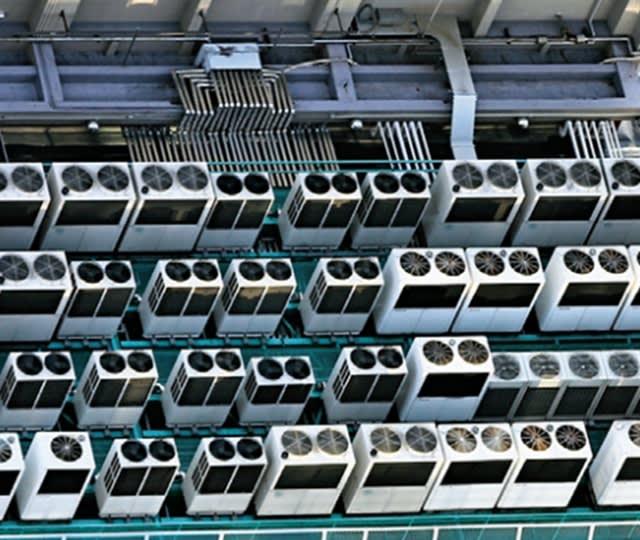bsrd
Structural
- Jul 2, 2009
- 17
I am in the process of hiring design professionals for overdue maintenance to about a 15,000 sqft office building that was built in 1980. After doing some investigation I realized that the ceiling plenum is being heated by two or three RTUs and then a large air handler brings in the heated air and distributes this through a duct system. The air handler is also used for cooling. I am a professional engineer (primarily structural and civil)and don't pretend to be an expert in HVAC but this just doesn't seem right. Is something like this still allowed by code. I have never seen anything like this before.
Thanks for your comments in advance.
Boyd
Thanks for your comments in advance.
Boyd




